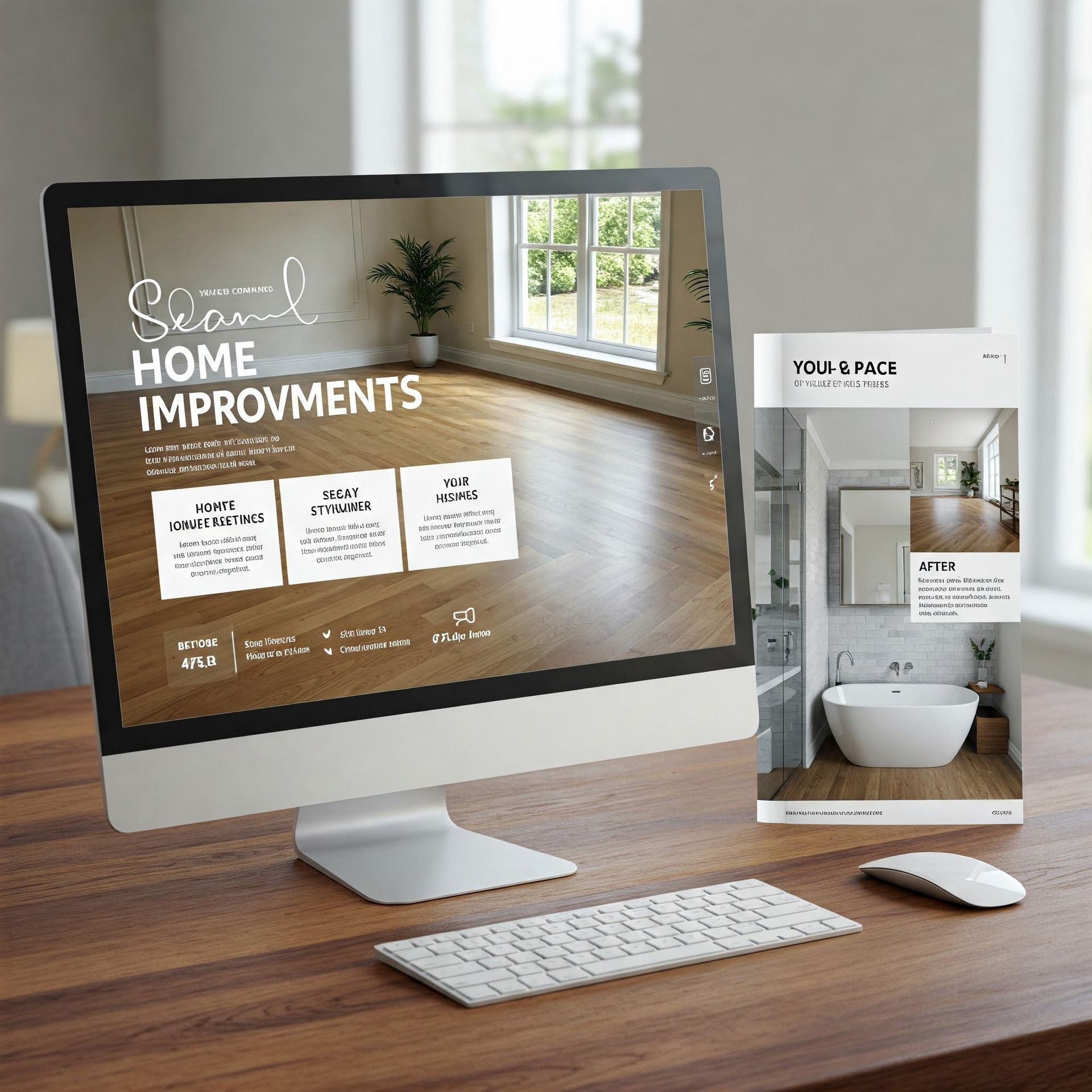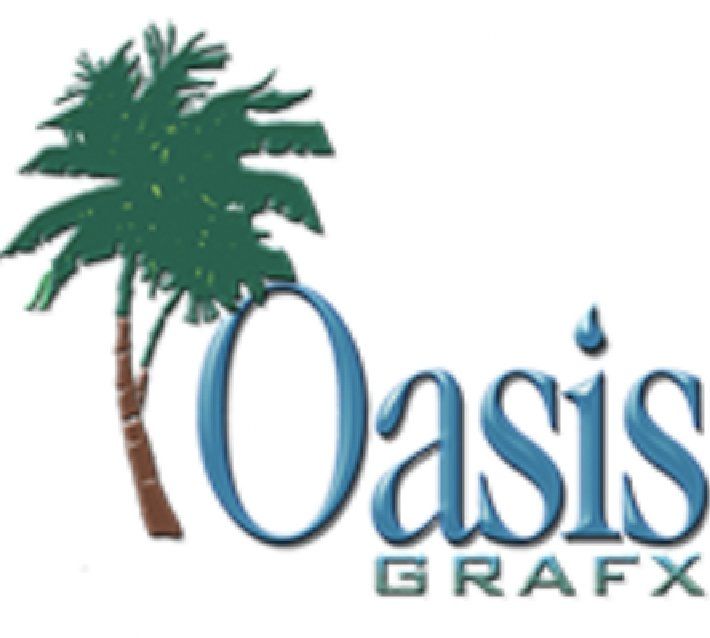Print vs. Digital: Which Marketing Materials
Are Right for Your Business

Currently, businesses have a wealth of options when it comes to reaching their target audience. From tangible print materials to dynamic digital campaigns, the choices can be overwhelming. But which approach is right for your business? At Oasis Grafx, we understand the importance of strategic marketing, and we're here to help you navigate the print vs. digital debate. Let's checkout the pros and cons of each, and explore how to create a balanced marketing strategy.
Print Marketing: The Tangible Touch
Print marketing has been a staple of business promotion for centuries, and it continues to be valuable..
Pros:
- Tangibility and Memorability: Physical materials, like brochures, business cards, and flyers, create a lasting impression. People are more likely to remember something they can hold in their hands.
- Credibility and Trust: Professionally designed print materials can enhance your brand's credibility and build trust with your audience.
- Targeted Reach: Direct mail campaigns allow you to target specific demographics and geographic areas.
- Less Digital Noise: In a world saturated with digital content, print materials can stand out and capture attention.
Cons:
- Higher Costs: Printing and distribution can be more expensive than digital marketing.
- Limited Reach: Print materials may not reach as wide an audience as digital campaigns.
- Environmental Impact: Printing can have a negative impact on the environment if not done sustainably.
- Difficulty in Updating: Once printed, materials are difficult and costly to change.
Digital Marketing: The Power of Connectivity
Digital marketing has revolutionized the way businesses connect with their customers.
Pros:
- Wider Reach: Digital platforms, like social media and websites, can reach a global audience.
- Lower Costs: Digital marketing campaigns can be more cost-effective than traditional print methods.
- Measurable Results: Digital analytics provide valuable insights into campaign performance.
- Flexibility and Adaptability: Digital content can be easily updated and modified.
- Interactive Engagement: Digital platforms allow for real-time interaction with customers.
Cons:
- Digital Clutter: There is a large amount of competition for attention online.
- Requires Technical Skills: Effective digital marketing requires expertise in various digital tools and platforms.
- Potential for Ad Blockers: Many users employ ad blockers, reducing digital advertisement visibility.
- Requires constant updating: digital content can become stale very quickly.
Finding the Right Balance:
The most effective marketing strategies often combine print and digital elements. Consider these factors when making your decision:
- Target Audience: Where does your target audience spend their time? (Online, offline, or both?)
- Marketing Goals: What are you trying to achieve? (Brand awareness, lead generation, sales?)
- Budget: How much are you willing to invest in marketing?
- Brand Identity: How do you want your brand to be perceived?
Examples of Combined Strategies:
- Use print brochures to drive traffic to your website.
- Distribute business cards with QR codes that link to your online portfolio.
- Run social media ads that promote a print-based promotion.
- Use digital marketing to collect email addresses, and then use direct mail to send out personalized promotions
There's no one-size-fits-all answer to the print vs. digital debate. The best approach depends on your specific business needs and goals. By carefully considering the pros and cons of each, and by finding the right balance, you can create a marketing strategy that delivers results. We will work with you to design compelling print and digital materials that effectively communicate your brand message. Contact us today to learn more!
